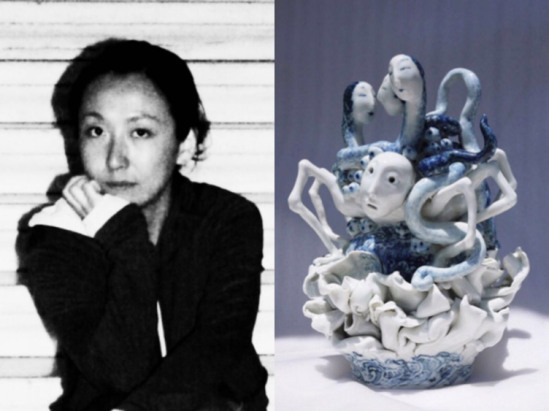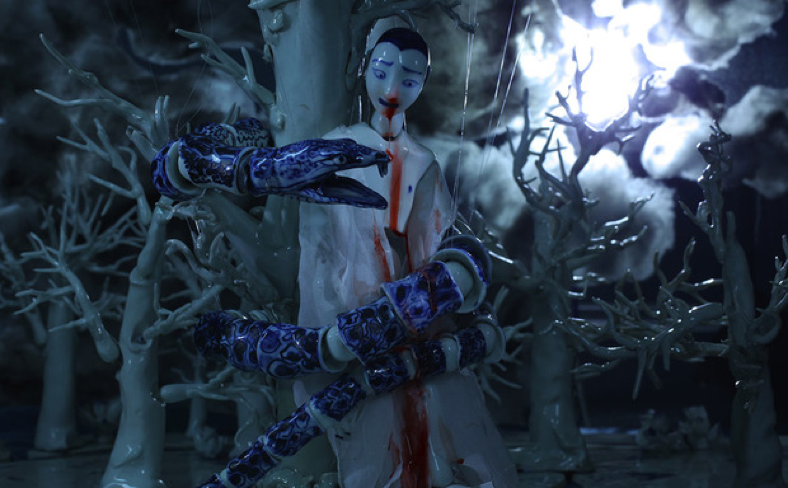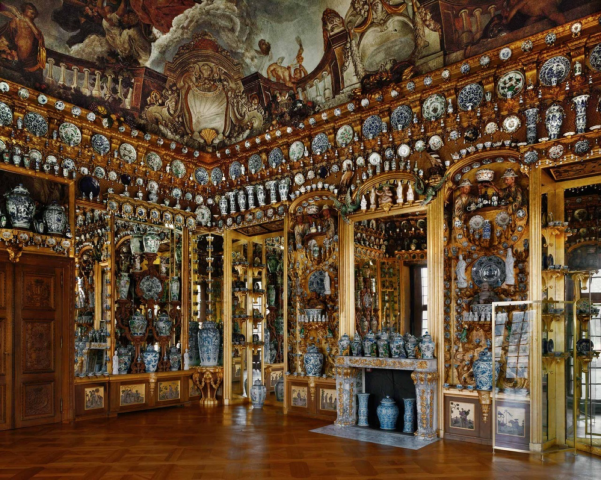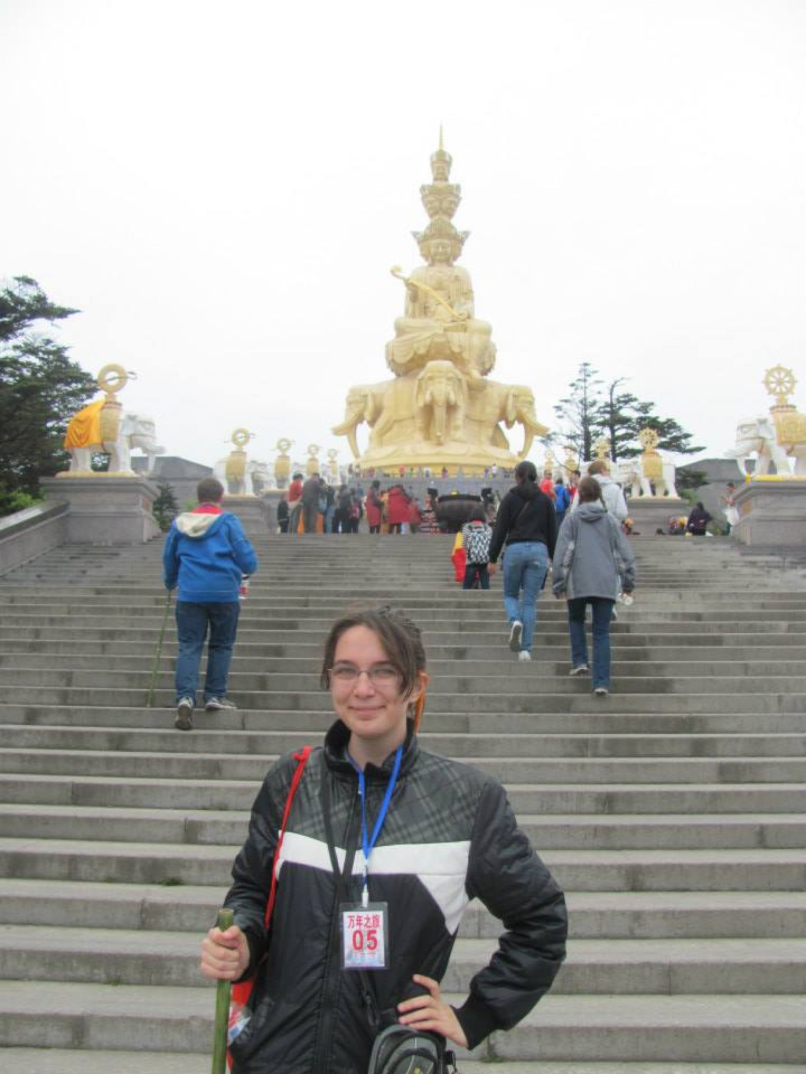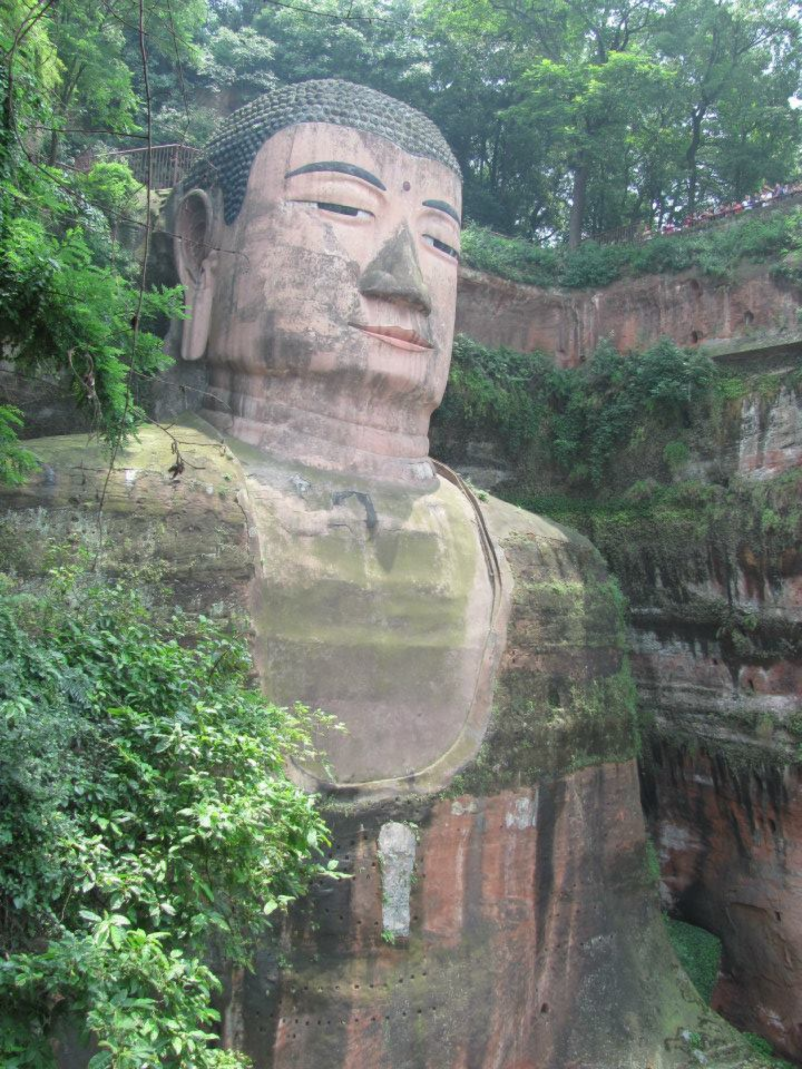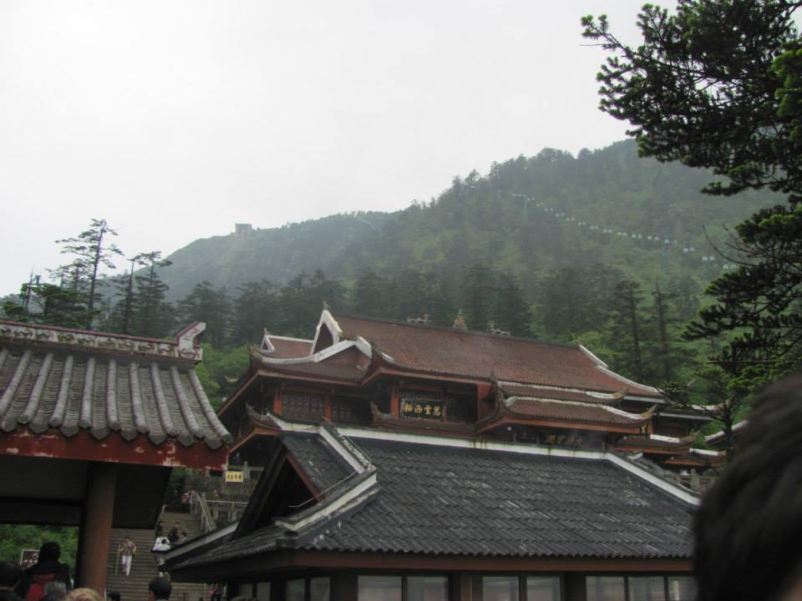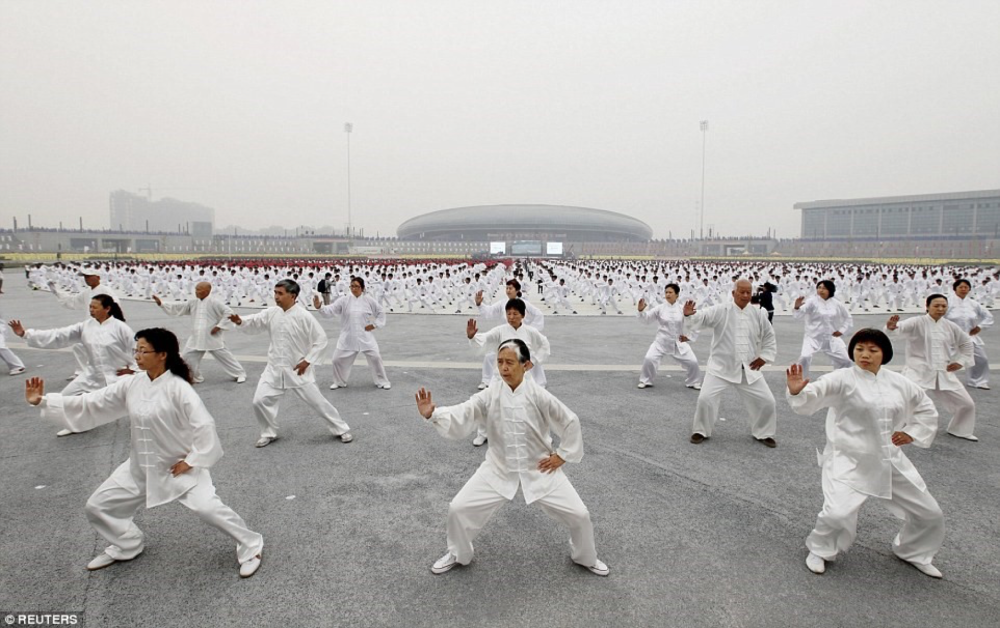Written by Yuqing Yang
I hope the previous blog has already given you some insight into Chinese culture and history, so here is the other half!
~ Modern family relations (Family Drama) ~
推手 (Tui Shou; Pushing Hands)

It is one and first of Lee Ang’s “Father Knows Best” trilogy together with the other two movies – The Wedding Banquet (1993) and Eat Drink Man Woman (1994). The story is about an old Chinese Taiji teacher emigrating from Beijing to live with his son, American daughter-in-law, and grandson in New York. The title of the film is a pun. Pushing hands is part of Taiji routine, for which two persons have to learn to exercise and balance their power. It also perfectly parallels with the family relations between father and son, old and young, and East and West. Since the story is limited to a family, every detail and cultural subtlety has been taken care of. The content judging from personal, philosophical, and cultural perspectives is extremely rich.
~ Justice in a new era (Western/Comedy) ~
让子弹飞(Rang Zi Dan Fei; Let The Bullets Fly)
It’s an action comedy written and directed by Jiang Wen. Set in 1920s in Sichuan, a battle of courage and wits between bandits and corrupted governors takes place. The cast includes all well-known names of the Asian film industry like Chow Yun-fat, Ge You and Carina Lau. It is an ambitious project taken in China not only because of its unfriendly implication towards government also because of its western movie genre. Even till now, it is still one of its kind.

~ Love in big cities ~
重庆森林 (Chong Qing Sen Lin; Chungking Express)

It is a romantic movie written and directed by the Hokng Kong director Wong Kar-wai. The film stars Takeshi Kaneshiro, Faye Wong, Tony Leung and Valerie Chow, exclusively pillars of Hong Kong entertainment industry. It consists of two separate stories about police officers’ breakups and encounters with drug smuggler and bar worker in Hong Kong. It is interesting that the title has nothing to do with the city Chongqing, merely referring to the concrete jungle main characters get stuck in. This movie perfectly captures fleeting moments in big and modern cities. Many of the actor’s lines have become catchphrases in the new generation and are still widely used and cited.

I hope you would like some of them, and please let me know by commenting below if you want to get more recommendations or any thoughts you have!
About Interact China
“A Social Enterprise in E-commerce Promoting Oriental Aesthetic Worldwide”
Aileen & Norman co-founded Interact China in 2004 with specialization in fine Oriental Aesthetic products handmade by ethnic minorities & Han Chinese. Having direct partnerships with artisans, designers, craft masters and tailors, along with 12 years of solid experience in e-commerce via InteractChina.com, we are well positioned to bridge talented artisans in the East with the rest of the world, and directly bring you finely selected products that are of good quality and aesthetic taste.
So far we carry 3000+ goods covering Ladies Fashion, Tailor Shop, Home Furnishings, Babies & Kids, Painting Arts, Textile Arts, Carving Arts, Tribal Jewelry Art, Wall Masks and Musical Instruments. Our team speak English, French, German, Spanish and Italian, and serve customers worldwide with passion and hearts.
P.S. We Need People with Similar Passion to Join Our Blogging Team!
If you have passion to write about Oriental Aesthetic in Fashion, Home Decor, Art & Crafts, Culture, Music, Books, and Charity, please contact us at bloggers@interactchina.com, we would love to hear from you!














